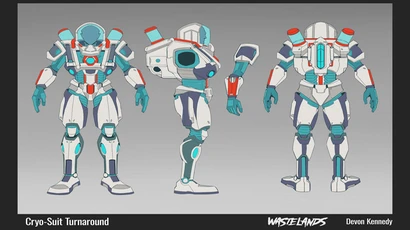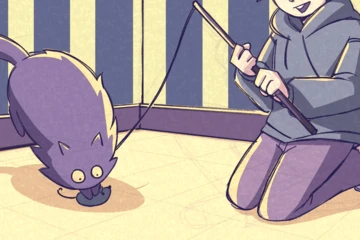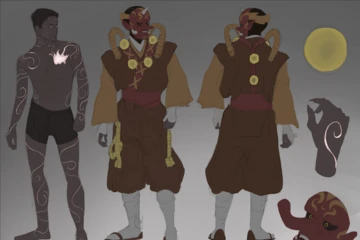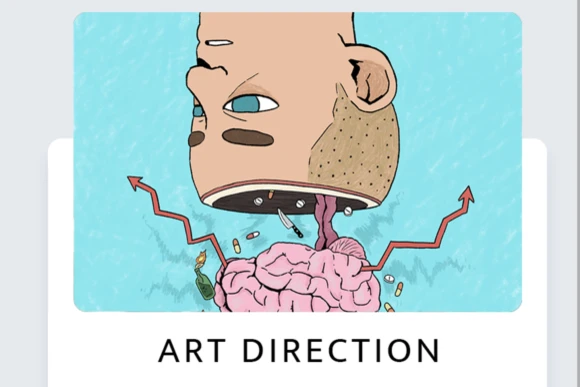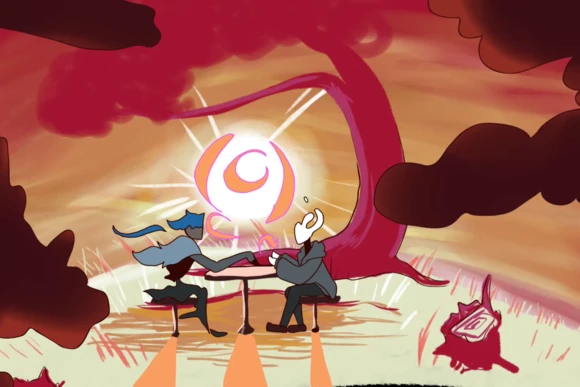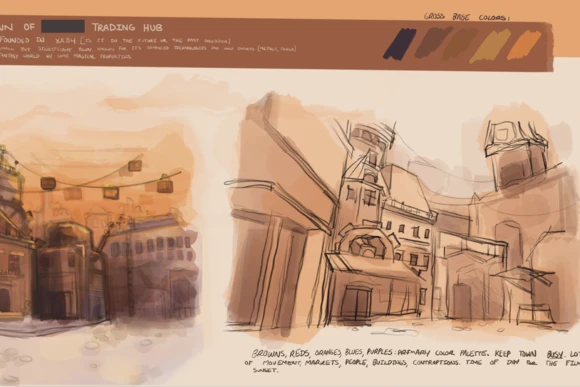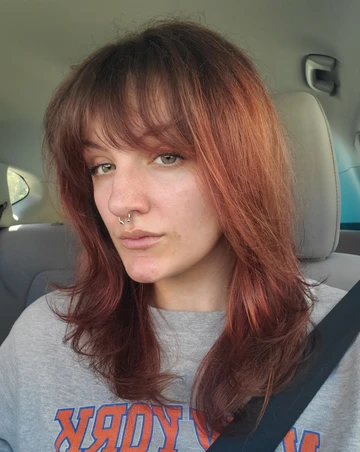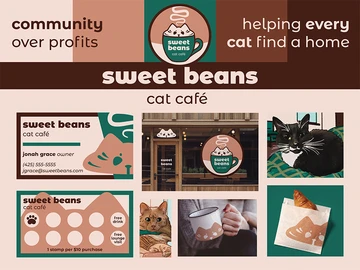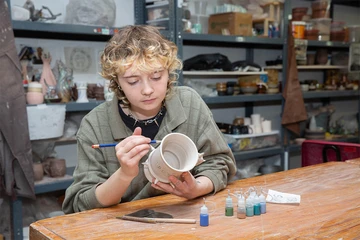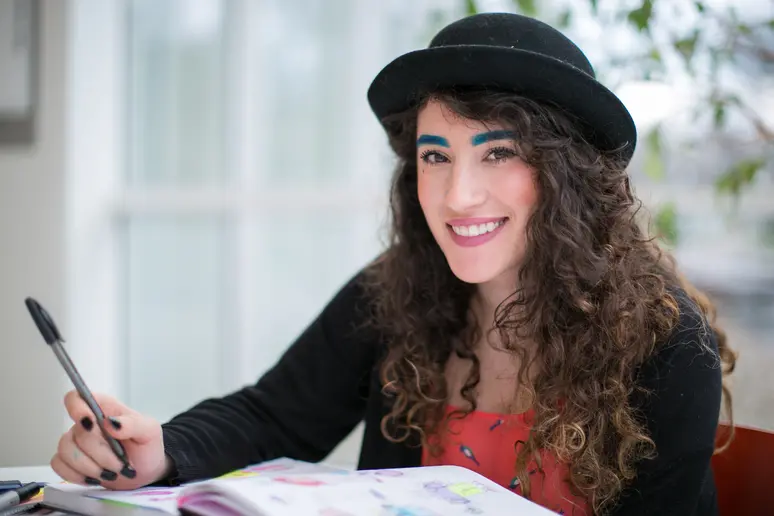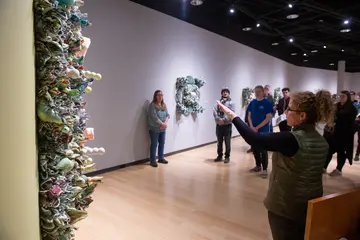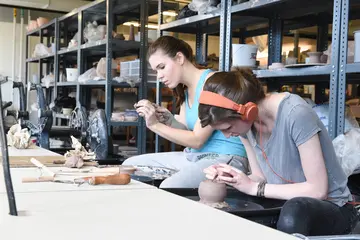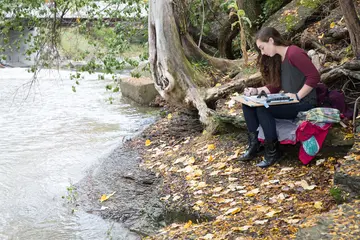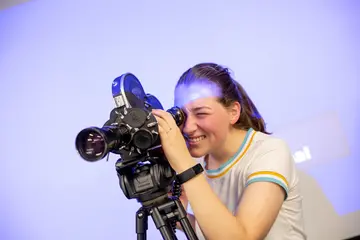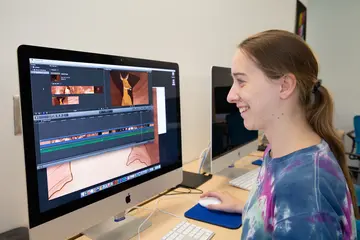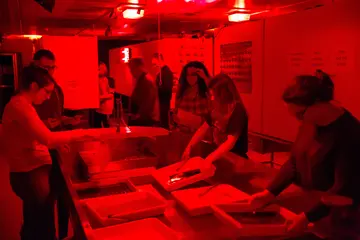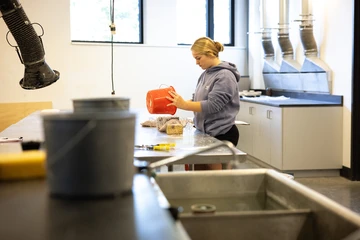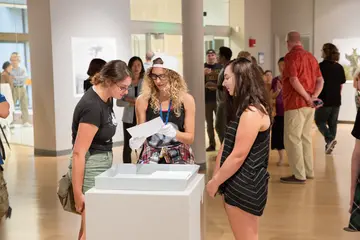Unleash Your Inner Storyteller
Your imagination is a universe waiting to be unleashed. In Fredonia's Animation and Illustration program, we don't just teach you technical skills—we ignite a journey of creative self-discovery. Here, your artistic identity isn't just developed; it's liberated. Through a deeply personal approach to storytelling, you'll transform raw passion into powerful visual narratives, learning to translate your innermost experiences into art that speaks, challenges, and connects.
What You'll Gain:
- Creative Development: Hone your drawing and storytelling skills through experimentation with mixed media and narrative techniques.
- Cutting-Edge Facilities: Access 24/7 studios in the renovated Rockefeller Arts Center and work with advanced tools in our state-of-the-art visual arts spaces.
- Individual Artistic Voice: Build a unique artistic identity through intensive studio work, supported by personalized faculty mentorship and guidance.
- Hybrid Skill Set: Gain interdisciplinary skills in both traditional and emerging media, making you versatile and competitive in the evolving art marketplace.
- Professional Preparation: Develop a portfolio that showcases your technical, conceptual, and creative talents, positioning you for success in various art and design fields.
- Career Opportunities: Graduates excel as art directors, working artists, designers, and creative freelancers, with many entering fields like special effects, web design, and gallery management.

